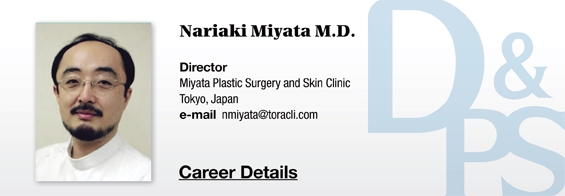

Let us take a brief look at the history of skin care in Japan. Soap began to be used for facial cleansing about 130 years ago. In the early days, soap was considered a luxury item and was sold in wooden boxes (by a company called “Kao). Soap was reserved for only very wealthy (In the 1500s, it was called “sabon,” indicating it was a gift brought in from Europe for the ruling class.)
Few people had the luxury of heated water at the time and most used the cold well water for washing. Records from about 1,000 years ago explain that warm baths taken more often than every four days was damaging to the skin. This may have been a wise discovery from experience but, in fact, the naturally produced oils on the skin are necessary for protecting the skin. Excessively frequent washing with warm water may indeed weaken the skin.
[Advertisement] PICOCARE - Manufacturer: WONTECH(www.wtlaser.com)
Popularization of Western Style Make-up during Rapid Industrialization of Japan
During the Edo Period (1600-1870), Japan followed an isolationist policy and created a unique culture within the country. The today’s original and uniquely Japanese culture has its roots in the Edo Period. This also applies to the practice of skin cleansing. The lower class people used rice bran and red bean powder as an aesthetic facial cleanser. For regular cleansing, water was all they used. It was also said that the droppings of bushwarblers was used in cleansing for aesthetic purposes.
Tokyo, called Edo at the time, was a sprawling city with a population of over 3 million and its residents, both rich and poor, enjoyed variety of cultural activities such as going to a play or reading books. There were many public bath houses too, which may have offered more skin care options for women.
Edo was a city obsessed with cleanliness. Public restrooms were made available in certain places and the human excretion was collected by specializing companies to be sold as fertilizer to farmers. In this way, Edo was an ecological city. I believe such devotion to cleanliness may have affected the skin care culture in Japan.
In the city of Edo, the fashion trends were led by kabuki actors (all male, even those playing female roles) or oirans (high-class prostitutes with artistic talents who were also often featured in Ukiyo-e style paintings as classic beauties). The working class people admired and copied their hair and make-up styles.
-To be continued













.jpg)






